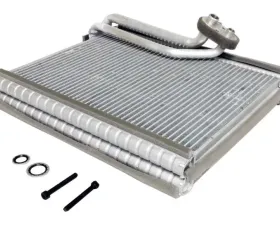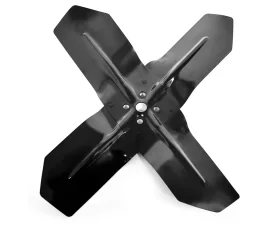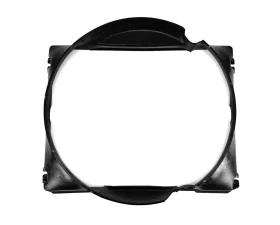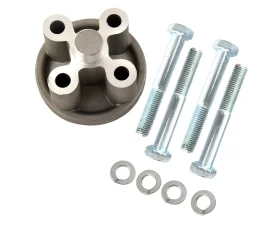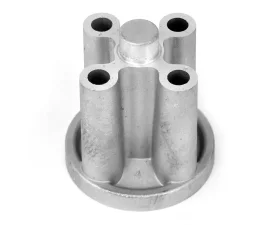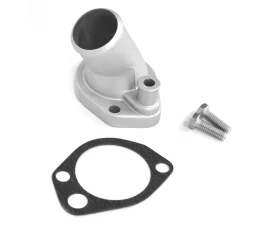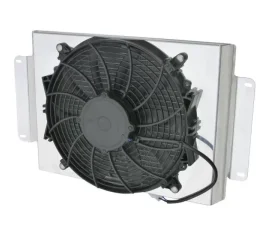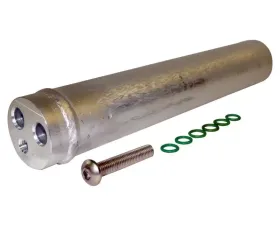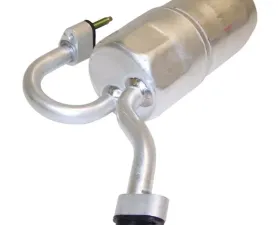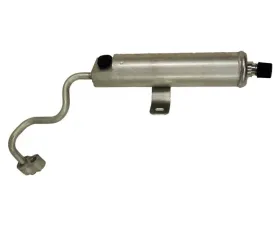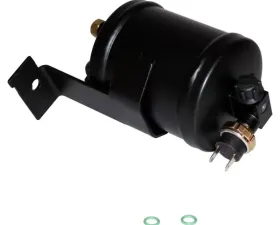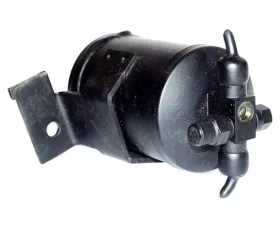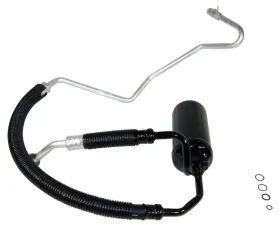Air Conditioning
A/C Evaporator for 12-18 Jeep JK Wrangler w/ 3.0L Gas, 3.6L, and 2.8L Dsl. Eng.
ACP Fan Spacer & Hardware Kit 1.5" for Ford Mustang 1965-1973, Aluminum Construction
ACP Fan Spacer & Hardware Kit 2.5" for Ford Mustang 1965-1973, Aluminum Construction
ACP Fan Spacer 2.5" Aluminum for Ford Fairlane, Falcon, Mustang, Torino 1963-1973
CSF Radiators Performance A/C Condenser for Porsche 964/993, All Aluminum, Plug-and-Play Fit
Crown Automotive Jeep Replacement A/C Accumulator/Receiver Drier
Crown Automotive Jeep Replacement A/C Accumulator/Receiver Drier
Crown Automotive Jeep Replacement A/C Accumulator/Receiver Drier Jeep
Crown Automotive Jeep Replacement A/C Accumulator/Receiver Drier Jeep
Crown Automotive Jeep Replacement A/C Accumulator/Receiver Drier Jeep
Crown Automotive Jeep Replacement A/C Accumulator/Receiver Drier Jeep 1987-1990
Crown Automotive Jeep Replacement A/C Accumulator/Receiver Drier Jeep Cherokee 1994-1995
Crown Automotive Jeep Replacement A/C Accumulator/Receiver Drier Jeep Cherokee 1994-1996
Crown Automotive Jeep Replacement A/C Accumulator/Receiver Drier Jeep Grand Cherokee 1993
ABOUT AIR CONDITIONING
Car air conditioning is a system within your vehicle that allows you to cool the interior air during hot weather, thereby creating a cooler environment for the passengers. Air conditioning is now a standard feature in nearly all newly manufactured vehicles, and most car owners already expected it. Air conditioners in vehicles provide more than just a comfortable ride. They play an important role in terms of safety as well. In addition to keeping the driver comfortable and alert, the air conditioner dehumidifies the interior air, preventing windows from fogging.
PARTS OF AIR CONDITIONING
The compressor is the most important component of any air conditioning system. The four primary functions of the vehicle's compressor are: pressurizing the refrigerant to cool the air; sensing temperature changes inside and outside the car; monitoring and controlling temperature output; and transporting air to the condenser. The air conditioning condenser is typically located in front of the radiator, earning it the moniker "mini-radiator." When the compressor is pressurizing the refrigerant, the condenser reduces the temperature and pressure of the refrigerant's hot gases. Besides that, the condenser is responsible for transporting the liquid refrigerant to the receiver/dryer or the accumulator. The presence of a receiver/dryer or accumulator depends on the make and model of your vehicle. In vehicles with a thermal expansion valve, a receiver/dryer is present. In contrast, an accumulator is found in vehicles with an orifice tube. The function of the receiver/dryer is to separate gas and liquid. If liquid enters the compressor, it will be damaged. A compressor is not designed to handle liquids, only gases. This component also removes moisture with a desiccant. Desiccants are comparable to the small packets of beads found in the packaging of new electronics. In addition, filters safeguard the A/C system against contaminants. The accumulator regulates and monitors the amount of refrigerant that enters the evaporator. It also stores excess refrigerant, filters debris, and extracts moisture.
As previously stated, vehicles with a thermal expansion valve use a receiver/dryer, while those with an orifice tube use an accumulator. The thermal expansion valve or orifice tube must be located between the condenser and evaporator regardless. Together, they monitor the pressure and temperature of your air conditioning system and calculate the precise amount of refrigerant that can be added to the evaporator without causing damage. Lastly, the evaporator is a crucial component if you want to feel cool, refreshing air on your face. This component is located directly behind the dashboard. It is responsible for cooling the air with the refrigerant before it is blown into the vehicle's cabin.
HIGH QUALITY AIR CONDITIONING AT VIVID RACING
It is rarely easy to find the ideal aftermarket component. We completely understand, and we are here to assist you in locating the best air conditioning and upgrades for your particular application. Our passion is assisting customers in creating their dream vehicles. Vivid Racing guarantees that their products meet the quality, comfort, and strength requirements of their customers.

.jpeg?q=90&p=thumb&w=200&h=200)
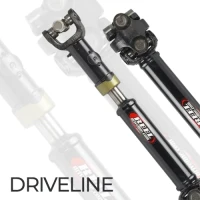

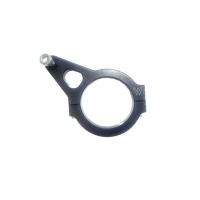








.jpeg?q=90&p=thumb&w=40&h=40) Brakes
Brakes  Driveline
Driveline  Electronics
Electronics  Handlebars & Controls
Handlebars & Controls  Package Deals
Package Deals  Wheel Accessories
Wheel Accessories  Wheels by Vehicle
Wheels by Vehicle  Tools and Maintenance
Tools and Maintenance  Universal & Repair
Universal & Repair  Vivid Racing Gear
Vivid Racing Gear 